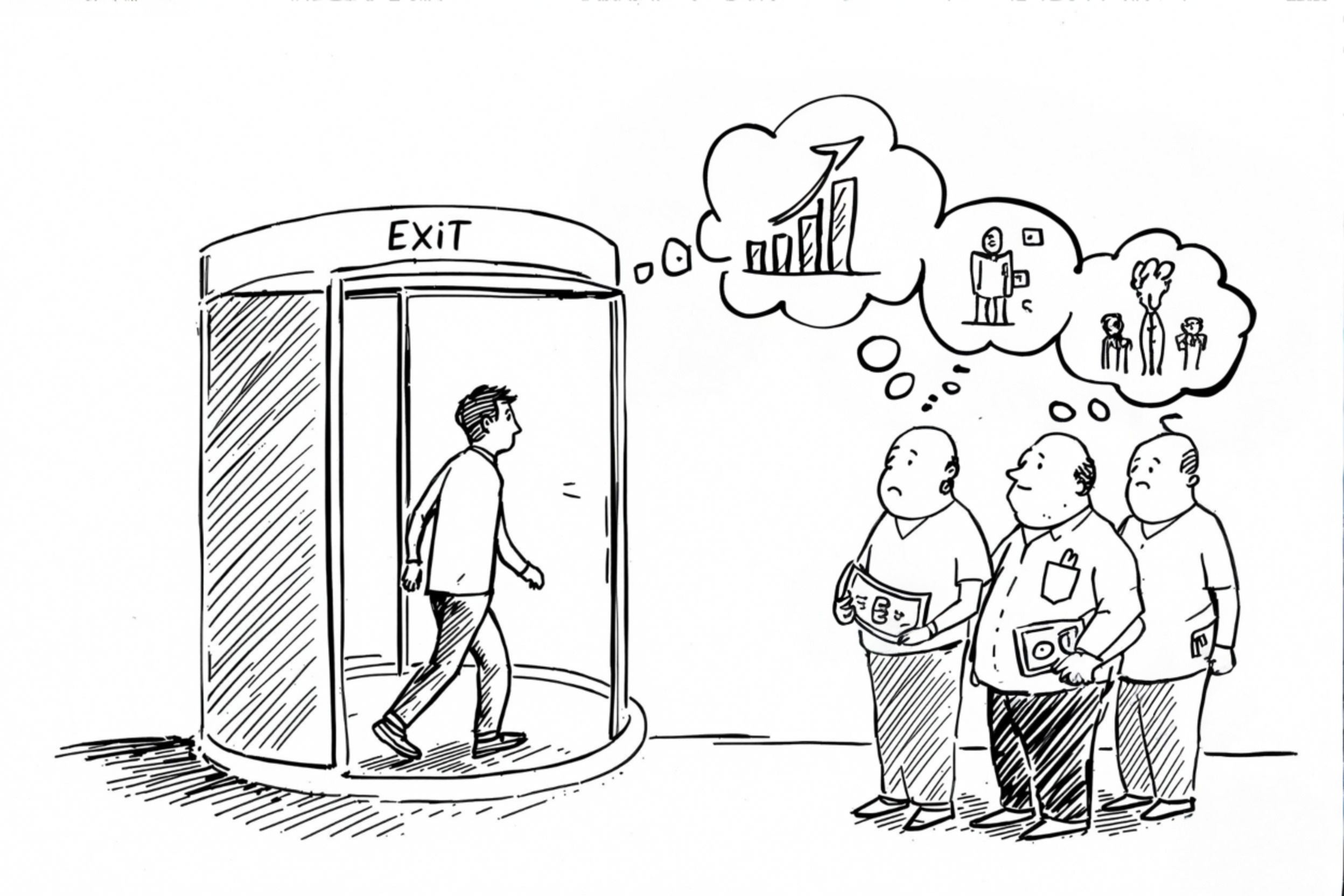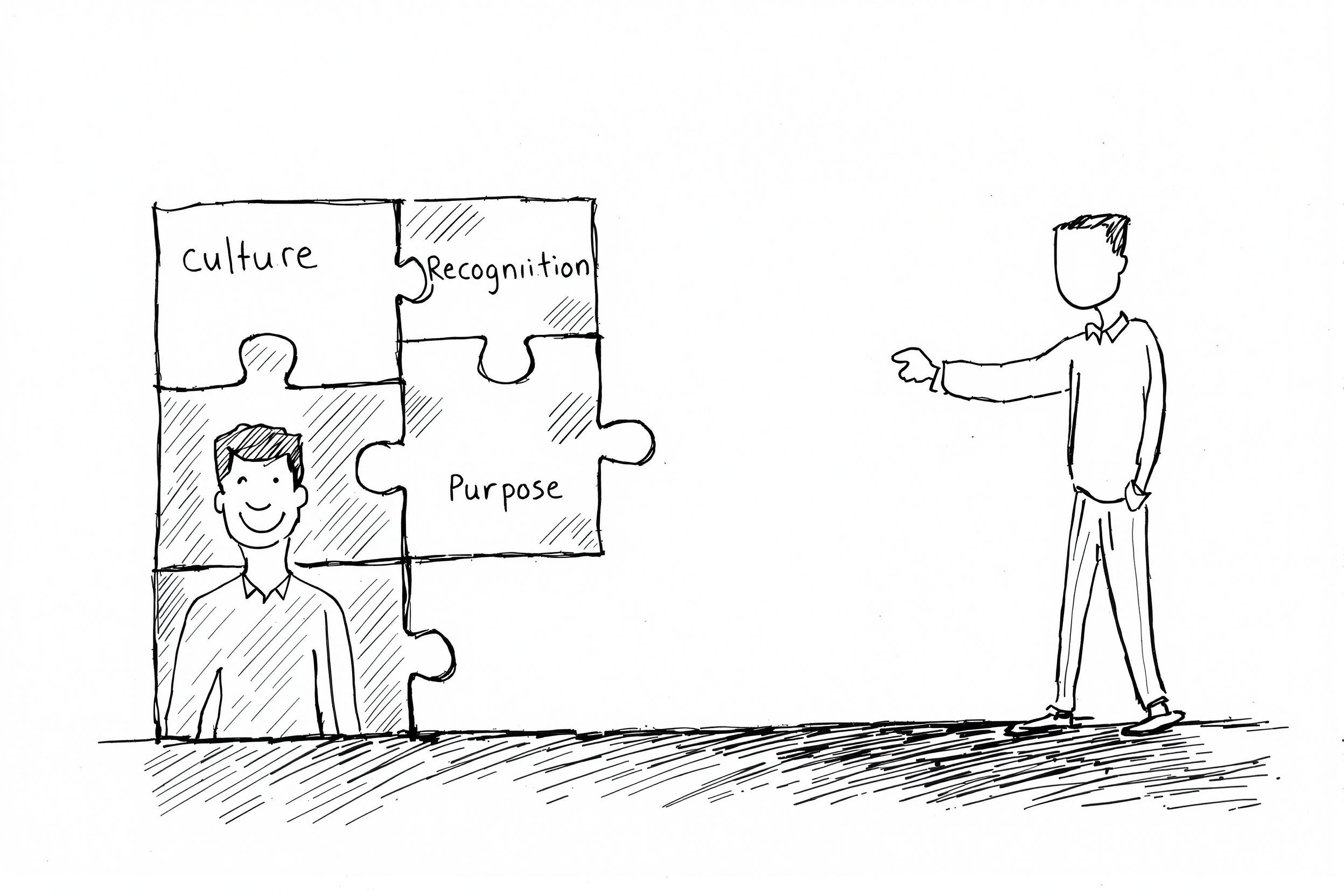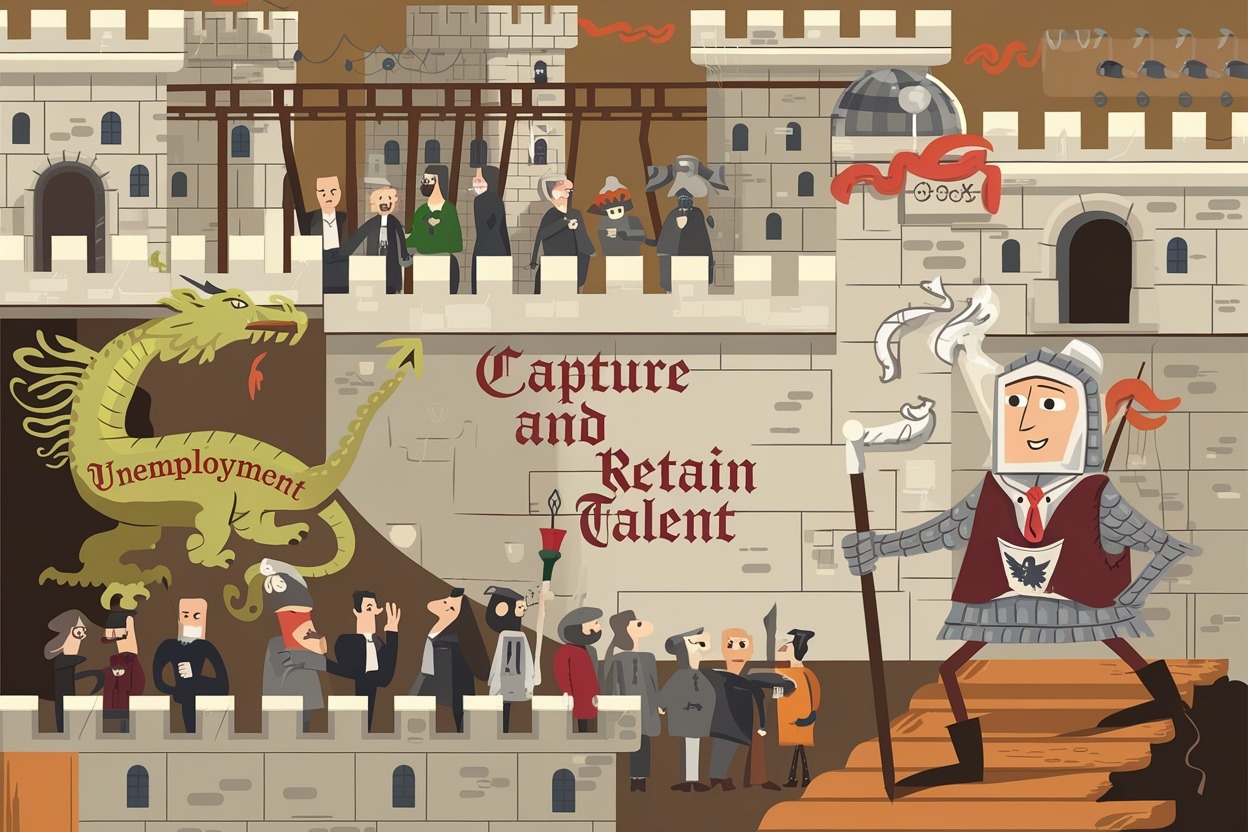I’m sitting there last week, sipping my overpriced coffee, when my buddy throws out this acronym: R cubed. I blink. “Retention Recruiting Revolution?” I guess, half-expecting him to laugh and tell me I’m way off base. Nope. He nods, dead serious, like he’s just cracked the code to the universe. I’m skeptical. Another buzzword? Really? But then he starts talking about how companies are bleeding talent faster than a medieval barber with a dull blade, and I’m hooked. Turns out, this isn’t just jargon—it’s a puzzle I’ve been trying to piece together for years.

Let’s back up. I’ve been around the HR block long enough to see the hiring game morph from a simple “post a job, pick a resume” gig to something way messier. Back in the day, you’d snag someone decent, toss them a paycheck, and call it good. Now? Nearly 20% of new hires bolt within their first year. That’s one in five people saying, “Thanks, but no thanks,” before the ink’s dry on their onboarding forms. It’s wild. And it’s not just a fluke—it’s a signal. Something’s broken. So what’s the deal? Are we hiring wrong, or are we just terrible at keeping people?
Here’s where it gets fun. I used to think recruitment was all about finding talent—you know, digging through the resume haystack for that golden needle. But the more I dig into this, the more I realize that’s only half the story. Picture this: you’re a knight in shiny armor, riding out to capture the best squires in the land. You nab them, drag them back to your castle, and then… what? Lock them in the dungeon with stale bread and a pat on the back? No wonder they’re tunneling out by month three. Hiring’s the easy part; keeping them is the real quest.
Take Google, for instance. They’ve got this reputation for treating employees like royalty—think free gourmet meals and nap pods. But it’s not just perks. They’ve built a culture where people feel seen, not just used. Compare that to the average gig where you’re lucky if the coffee machine works. Studies show companies with engaged employees cut turnover by half. Half! That’s not a perk; that’s a lifeline. So why aren’t we all doing this? Are we lazy, cheap, or just clueless?
I’ll confess—I’ve been clueless before. Years ago, I helped a startup hire a rockstar developer. Brilliant guy, could code circles around anyone. We threw him a decent salary, a desk by the window, and figured we’d won. Six months later, he’s gone. No warning, just a polite email saying he’s off to greener pastures. I was gutted. What’d we miss? Turns out, he wanted growth, not just a paycheck. We didn’t give him a path, so he found one elsewhere. That stung, but it taught me something: hiring for success means thinking beyond day one.

Now, flip the coin. Some folks argue it’s not our fault—employees today are just fickle. Gen Z especially gets this rap, hopping jobs like they’re swiping through a dating app. Fair point. They do value flexibility and purpose over stability. But here’s the rub: if 93% of CEOs see better retention from upskilling programs, maybe the problem isn’t them—it’s us. We’re still serving up 20th-century jobs in a 21st-century world. Adapt or die, right?
Speaking of adapting, let’s talk tech. I’m no geek, but I’ve seen how tools like applicant tracking systems (ATS) can change the game. A good ATS doesn’t just manage resumes—it tracks engagement, predicts fit, even flags turnover risks. Imagine knowing before you hire that someone’s a flight risk. That’s not sci-fi; it’s happening now. Companies using data analytics are slashing churn rates. Yet, plenty of HR folks I know still cling to spreadsheets like they’re sacred relics. Why? Fear of change? Budget woes? Or just not getting how bad the bleed is?
The Castle’s Crumbling Walls
Here’s a stat that’ll wake you up: replacing an employee can cost up to 200% of their salary. Two hundred percent! For a mid-level manager pulling $80k, that’s $160k down the drain every time they walk out. And that’s not counting the hit to morale or the clients who follow them out the door. I’ve seen it firsthand—lose a key player, and the whole team wobbles. Suddenly, you’re not just recruiting one person; you’re patching a sinking ship.
So why’s this happening? It’s not one thing—it’s a mess of things. Culture’s a biggie. If your workplace feels like a soulless cube farm, good luck keeping anyone. Then there’s growth—or the lack of it. Employees who don’t see a future leave. Add in work-life balance, which everyone’s screaming for post-pandemic, and you’ve got a recipe for a turnover tsunami. Oh, and don’t forget pay. Netflix nails this with their “top of market” approach—pay people what they’re worth, and they stick around. Simple, but rare.
But here’s where I get curious. If we know all this—culture, growth, pay—why’s retention still a circus? I’ve chatted with HR leaders who swear they’re trying. One told me her team rolled out flex hours and training, only to see 66% of them still struggling to keep people. Another said hiring’s gotten easier—down from 83% to 55% reporting issues—but retention’s the new beast. What gives? Are we fixing the wrong end of the problem?
Puzzle Pieces Snapping Together
Okay, let’s piece this together. Recruitment and retention aren’t separate—they’re two sides of the same coin. You can’t just recruit talent and hope they stay; you’ve got to hire with keeping them in mind. That’s the revolution part. It’s not about tossing bodies into seats; it’s about building a place they won’t want to leave. Hire today, keep them tomorrow isn’t a slogan—it’s a mindset shift.
Think about onboarding. A solid start can boost retention by 82%. That’s not rocket science—it’s just listening to people when they’re new and scared. Or take internal promotions. Companies that prioritize them see happier, loyal teams. I once worked somewhere that promoted a junior analyst to lead in a year. She’s still there, five years later, because they showed her she mattered. Contrast that with the “hire external hotshots” crowd—they’re bleeding cash and credibility.
And then there’s the diversity angle. Diverse teams stick around longer—fact. Why? Because inclusion feels good, and feeling good keeps people. Universities get this—they’re revamping hiring to keep diverse faculty, and it’s paying off in innovation. So why’s corporate America dragging its feet? Too busy chasing the next shiny resume?
I’ll throw you a curveball. What if the real issue isn’t hiring or keeping—it’s who we’re targeting? We’re obsessed with recruiting top talent, but maybe we’re missing the quiet gems already in our ranks. One study says companies that nurture existing staff cut turnover by 40%. That’s not sexy, but it’s smart. Stop chasing unicorns and start polishing the rocks you’ve got.
The Knight’s Next Quest
Here’s where I land—and yeah, I’m still wrestling with it. This retention recruiting thing? It’s messy, urgent, and kind of thrilling. We’re not just filling jobs; we’re crafting ecosystems. The old way—hire fast, pray they stay—is dead. Today’s game is strategic, personal, and tech-savvy. You’ve got to know your people, not just their resumes. What drives them? What scares them off? Data can hint, but it’s the human stuff—conversations, gut checks—that seals the deal.
Take a federal agency I heard about. They’re streamlining hiring for mission-critical roles—think cybersecurity wizards—while building a culture that screams “stay”. It’s not perfect, but it’s a start. Or look at Gen Z—they’re rewriting the rules, demanding flexibility and meaning. Smart companies are listening, and they’re winning. The rest? Still wondering why their castle’s empty.
Me, I’m fascinated by the tension here. We’ve got tools to identify talent recruitment risks before they happen, yet we’re tripping over basics like recognition. We can cut average time to hire in 2025 with AI tools, but if we don’t fix the leaky bucket, what’s the point? It’s like mopping the floor during a flood—satisfying until you realize the roof’s gone.

What keeps me up at night, though, isn’t the tools or the stats. It’s the why. Why do we fight so hard to hire, then let people slip away? Maybe it’s not about retention at all—it’s about belonging. People don’t leave jobs; they leave places that don’t feel like home. Build that, and the revolution’s won. Until then, I’m grabbing another coffee and puzzling it out. You with me?
Ready to stop the talent bleed and build a team that sticks? Try Machine Hiring’s free trial today.
Related Posts
- The Hidden Signs Your Best Employees Are About to Quit (And How to Stop Them)
- Stop the Turnover Epidemic: Proven Tactics Every HR Leader Must Know
- The Hidden ROI of Employee Onboarding: Why Your First 90 Days Make or Break Success
- Beyond the Resume: Cultivating a “Hire for Potential” Mindset in Management
- Unlocking Internal Talent: Why Internal Mobility Is Your Secret Weapon in Talent Acquisition


